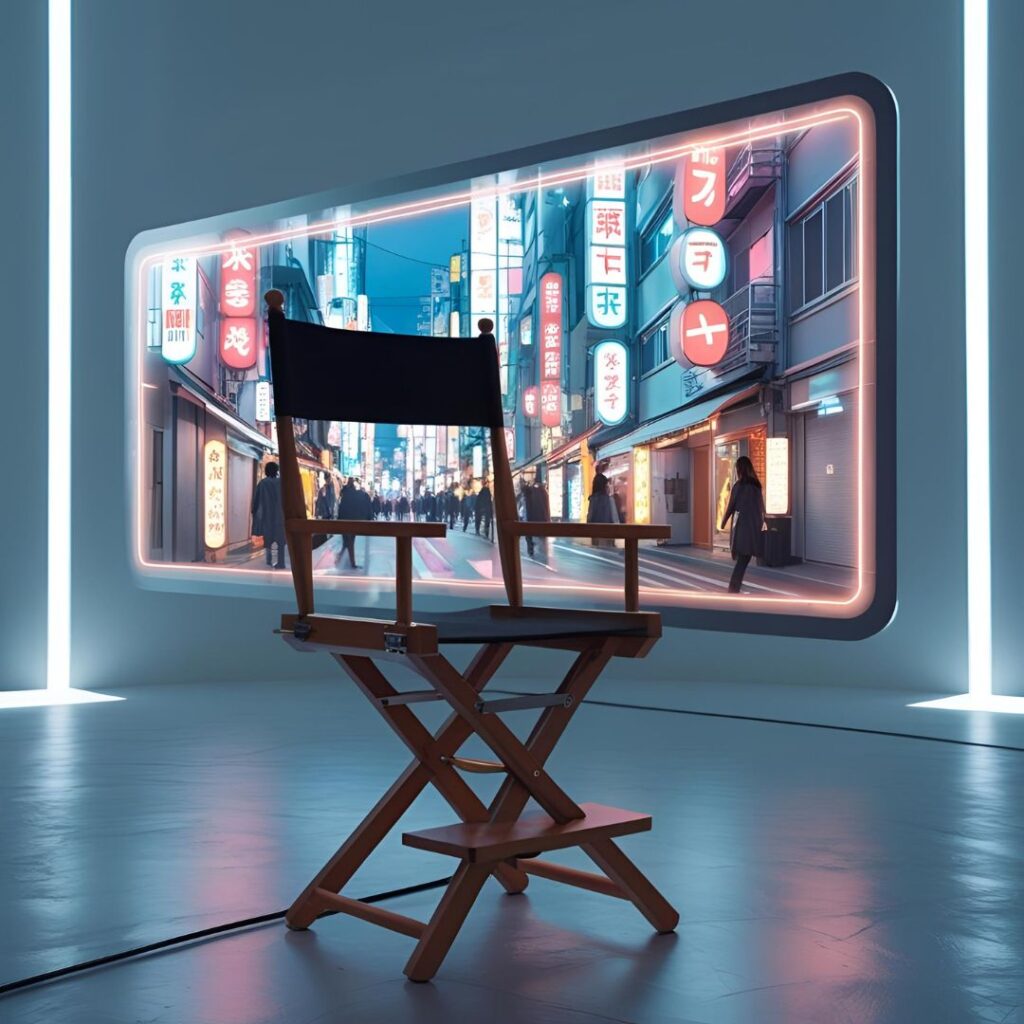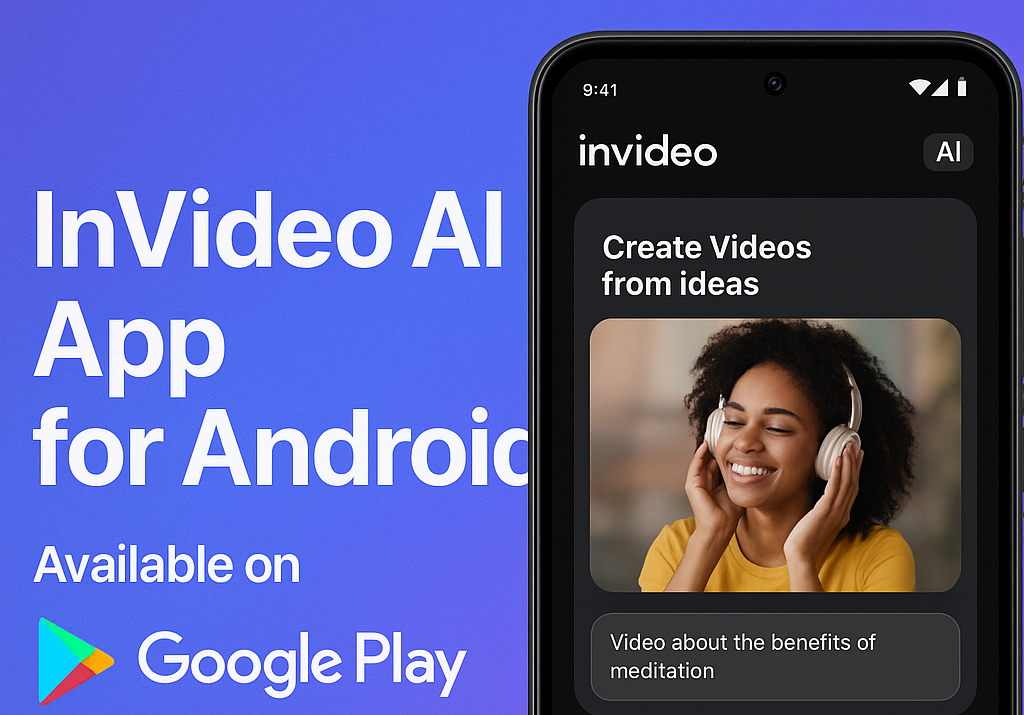
Imagine typing a single sentence—”a majestic whale swims through the clouds at sunset”—and watching a photorealistic, cinematic video of that exact scene appear on your screen moments later. This isn’t magic. It’s the power of AI video generation, a technology poised to revolutionize everything we know about media and creativity.
What is AI Video Generation?
At its core, text-to-video AI is a type of generative AI that creates video clips based on written descriptions, or “prompts.” Just as DALL-E and Midjourney learned to create images from text, these new models have been trained on vast datasets of videos and text to understand not just what things look like, but how they move and interact in a physical world.
The Sora Spectacle: A New Benchmark in AI
While many companies are working on this tech, OpenAI’s Sora recently shocked the world with its stunning capabilities. The videos it produced were not the short, glitchy clips we’d seen before. They were up to a minute long, coherent, and incredibly detailed, showing a deep understanding of physics, lighting, and emotion.
Sora can generate complex scenes with multiple characters, specific types of motion, and accurate details of the subject and background. It understands concepts like “cinematic,” “shot on 35mm film,” or “drone footage,” giving creators unprecedented control.
The Creative Revolution: Who Will Benefit?
This technology isn’t just for Hollywood studios. It will empower a whole new generation of creators and professionals:
- Independent Filmmakers: Can prototype scenes, create stunning visual effects, or even generate entire short films without a massive budget.
- Marketers & Advertisers: Can create high-quality, engaging video ads for social media in minutes instead of weeks.
- Educators: Can bring complex historical events or scientific concepts to life with vivid visual aids.
- Artists: Have a brand-new medium to explore for storytelling and visual expression.
Challenges and Ethical Questions
Of course, with great power comes great responsibility. The rise of AI-generated video also brings serious concerns. The potential for creating realistic fake news, misinformation, and non-consensual deepfakes is a significant threat that tech companies and society must address with robust safety measures and watermarking. There are also valid concerns about the impact on the jobs of cinematographers, VFX artists, and other creative professionals.
A New Creative Paradigm
Despite the challenges, one thing is certain: the dam has broken. AI video generation is a paradigm shift. It democratizes the power of video creation, turning anyone with an idea into a potential director. We are at the very beginning of this new creative frontier, and the stories we’ll be able to tell are about to become more imaginative than ever.


